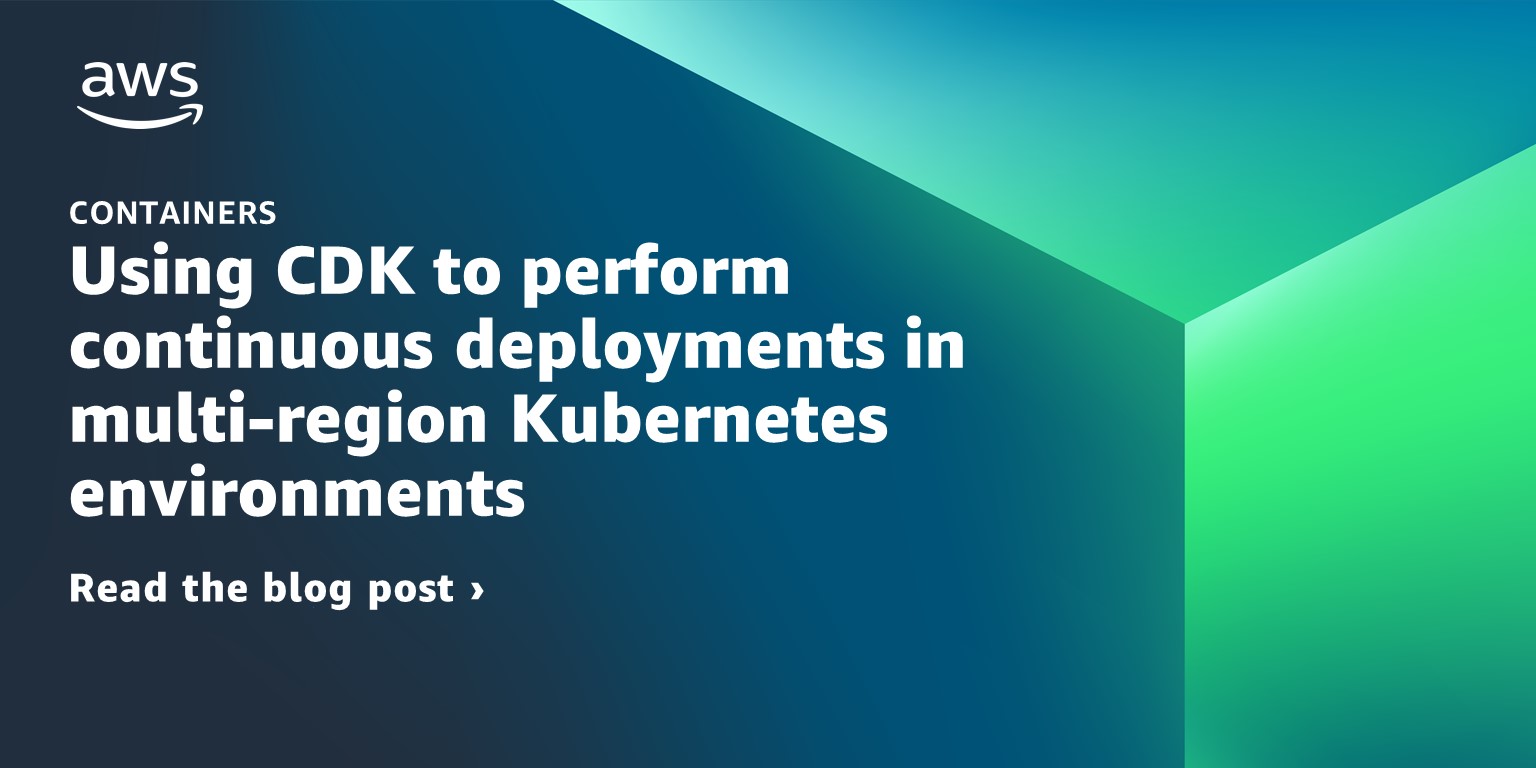Containers
Category: Technical How-to
Running Workload on Amazon EKS in Local Zones with a failover strategy
Introduction Update 08/05/22: We updated the title and conclusion to improve the accuracy of wording. AWS Local Zones are a type of infrastructure deployment that places compute, storage, and other select AWS services close to large population and industry centers. Customers can build and deploy applications close to end users to enable real-time gaming, live […]
How to containerize legacy code into Red Hat OpenShift on AWS (ROSA)
Introduction Enterprise customers have trained their IT staff on legacy programming languages, like COBOL, for decades. These legacy programs have stood the test of time and still run many mission-critical business applications which are typical for these legacy platforms. While various migration solutions like AWS Blu Age and AWS Micro Focus Enterprise technology exist for […]
Using Amazon EBS snapshots for persistent storage with your Amazon EKS cluster by leveraging add-ons
Originally, containers were a great fit for stateless applications. However, for many use cases there is a need for persistent storage, without which stateful workloads aren’t possible. Kubernetes first introduced support for stateful workloads with in-tree volume plugins, meaning that the plugin code was part of the core Kubernetes code and shipped with the Kubernetes […]
Using CDK to perform continuous deployments in multi-region Kubernetes environments
This post also had contributions from Jiwon Yeom, Solutions Architect, AWS. Introduction AWS customers use infrastructure as code (IaC) to create cloud resources in a repeatable and predictable manner. IaC is especially helpful in managing environments with identical stacks, which is a common occurrence in active-active multi-region systems. Instead of managing each regional deployment individually, […]
Using Amazon ECS with NVIDIA GPUs to accelerate drug discovery
This post was written in collaboration with Neel Patel, Drug Discovery Scientist, Nvidia. Drug discovery is the process through which potential new medicines are identified. It involves a wide range of scientific disciplines, including biology, chemistry, and pharmacology, as well as computer science. AstraZeneca and NVIDIA collaborated on developing MegaMolBART so the computational drug discovery process […]
Optimize your Spring Boot application for AWS Fargate
Update: Spring Boot has been updated to version 3, which also means that Amazon Corretto 17 is used as JDK for all versions. Fast startup times are key to quickly react to disruptions and demand peaks, and they can increase the resource efficiency. With AWS Fargate, you don’t need to take care of the underlying […]
Using Amazon EMR on Amazon EKS for transient EMR clusters
Introduction Many organizations as part of their cloud journey into Amazon Web Services migrate and modernize their ETL (extract-transform-load) batch processing workloads running on on-premises Hadoop clusters to AWS. They often start their journey with the lift and shift approach, by hosting their Hadoop environment on Amazon Elastic Compute Cloud (Amazon EC2) or migrate to […]
Policy management in Amazon EKS using jsPolicy
Introduction jsPolicy is an open-source framework for managing validating or mutating admission control policies for Amazon Elastic Kubernetes Service (Amazon EKS) clusters using JavaScript (or TypeScript), which is similar to the way AWS Identity and Access Management (IAM) manages AWS accounts and resource access. It’s also possible to write the entire jsPolicy in a separate file and […]
Architecting for resiliency on AWS App Runner
AWS App Runner is one of the simplest ways to run your containerized web applications and APIs on AWS. App Runner abstracts away the cloud resources needed for running your web application or API, including load balancers, TLS certificates, auto-scaling, logs, metrics, tracing (such as observability), as well as the underlying compute resources. With App Runner, […]
Migrating and modernizing Windows Communication Foundation (WCF) workloads onto AWS container services
Introduction Windows Communication Foundation (WCF) is a framework created by Microsoft in 2008 for building service-oriented architecture (SOA) applications. It provides a set of libraries for building web services, using different network protocols to send and receive data between service endpoints. With the introduction of .NET Core in 2016 and the emergence of microservices, our […]









